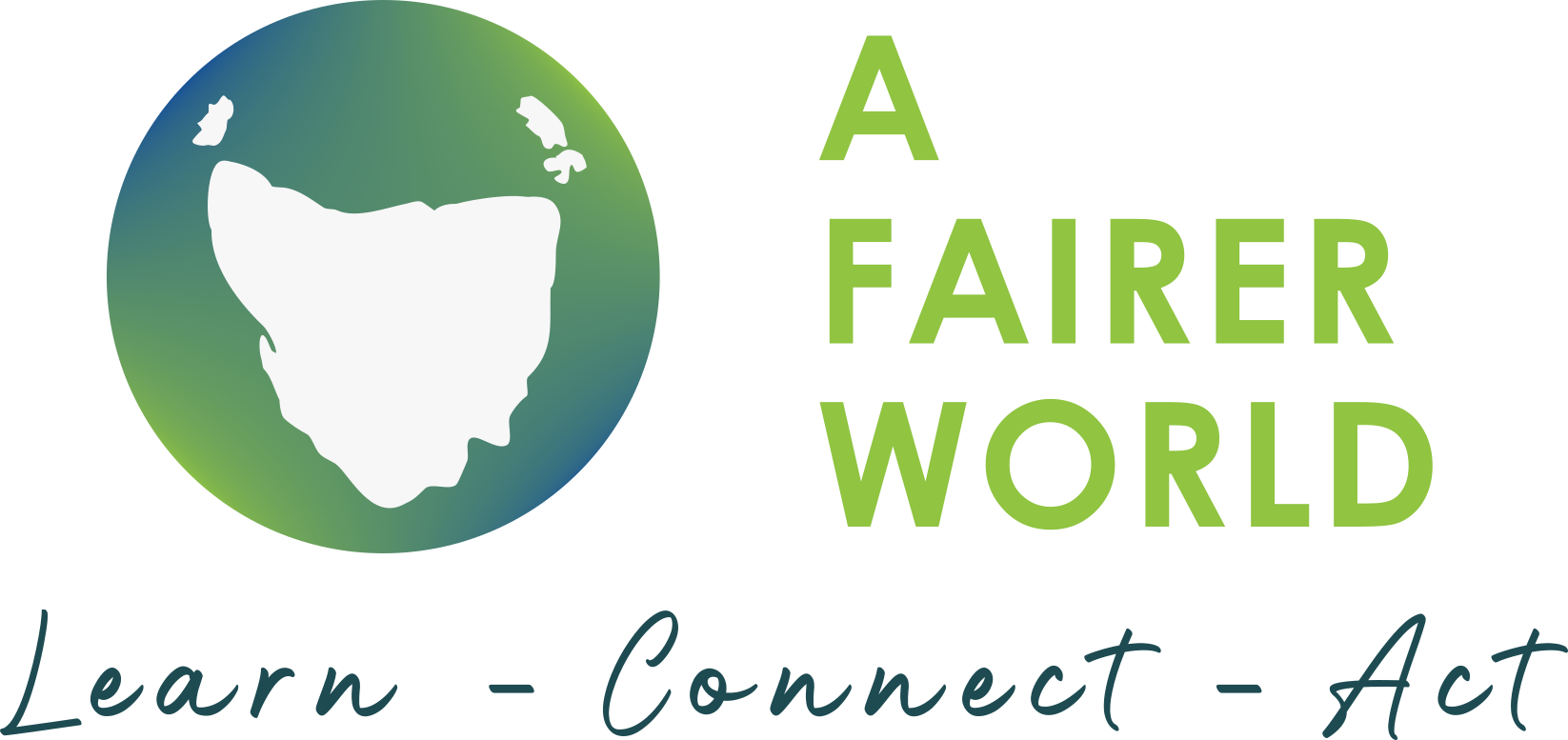Peace & conflict resolution
“Only the brave men and women can bring peace to the world, not by practicing war but by practicing non-violence.”
“No one is born hating another person because of the colour of his skin, or his background, or his religion. People must learn to hate, and if they can learn to hate, they can be taught to love, for love comes more naturally to the human heart than its opposite.”
Conflict, insecurity, weak institutions and limited access to justice remain a great threat to sustainable development. UN Sustainable Development Goal 16 has 16 global targets for peace, justice and inclusive institutions.
The approved budget for UN Peacekeeping operations from 1 July 2021 – 30 June 2022 is $6.38 billion. source
On average 25 children were killed or injured in conflicts every day for the past decade. source
The Global Peace Index 2021 ranks Afghanistan as the least peaceful country in the world. source
Iceland remains the most peaceful country in the world, a position it has held since 2008. Australia is ranked at 16th source
Even Wars Have Laws! Australian Red Cross has good resources on International Humanitarian Law, which protects people who are not taking part in the fighting.
International Campaign to Abolish Nuclear Weapons was awarded the 2017 Nobel Peace Prize for “work to draw attention to the catastrophic humanitarian consequences of any use of nuclear weapons”.
The Institute for Economics and Peace works with schools and universities globally providing resources and reports.
Vision of Humanity has peace, conflict and development reports and resources in a user-friendly form, with interactive maps.
Stockholm International Peace Research Institute has interesting statistics and maps regarding the cost of military spending across the world.
Antipersonnel mines are indiscriminate weapons that injure and kill civilians in every corner of the globe, every day. Safe Ground is the Australian network for the International Campaign to Ban Landmines which won the 1997 Nobel Peace Prize for “for their work for the banning and clearing of anti-personnel mines.”
Check out our YouTube playlist for some short videos on peace & conflict.
The Global Peace Index map illustrates the level of peace in 163 countries.
Bouncy Maps: Learn about the world by changing the map. Select the Menu tab and scroll to Conflict; change Regular Map to Bouncy Map and watch the map re-size according to the statistics.
International Day of Peace, September 21
International Day of Non-Violence, October 2
Disarmament Week, October 24-30
Everyone can learn nonviolent communication and help make their home, school and community more peaceful.
Youth4Peace supports young people as peace-builders.
Act for Peace campaigns for change and runs an annual ration challenge.
Peace One Day has school resources for Peace Day (September 21).
Support the International Campaign to Abolish Nuclear Weapons or the International Campaign to Ban Landmines.
Other learning resources
A Fairer World has posters, classroom activities, books, DVDs and web links on global issues such as peace and conflict. Contact us for a complete list of resources available free or on loan to members.
